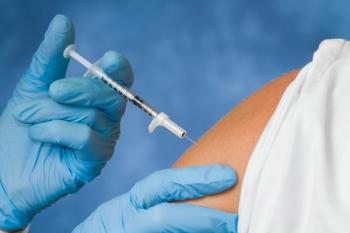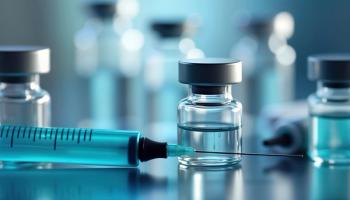
DNA from Saliva has Potential for Detecting SMA
Investigators in Japan have developed a new, noninvasive method for screening for spinal muscular atrophy using saliva analyzed with conventional PCR as an alternative to blood-based genetic screening.
A noninvasive method using dried saliva and polymerase chain reaction (PCR) testing holds potential as an alternative to blood-based genetic assays as a screening tool for children with spinal muscular atrophy (SMA), according to a recent
Newly available therapies that target the survival motor neuron 1 (SMN1) gene, which is missing in patients with SMA have better outcomes when administered at an earlier stage of disease. But newborn screening for SMA is
To increase diagnosis rate, investigators in the Genes study developed a new, noninvasive screening system using dried saliva spots (DSS) as an alternative DNA source to detect deletion SMN1 and as a complement to newborn screening. More than 90% of cases of SMA are caused by deletion of SMN1.
Investigators found that dried saliva could be a good DNA source for PCR-based assays. “The main advantage will be that saliva collection is less invasive than blood collection,” one of the authors Emma Tabe Eko Nibe, said by email. She is with the Graduate School of Medicine at Kobe University in Japan.
Investigators collected 61 samples of saliva, 40 from patients with SMA and 21 from controls. The patients had been diagnosed previously as having SMN1-deleted SMA based on an SMN1 deletion test using the PCR restriction fragment length polymorphism.
Saliva samples were collected by putting a generous amount of saliva directly on a filter paper, Nibe said. The samples were air dried for at least an hour, and then sent to a laboratory for analysis or stored at room temperature. Investigators conducted two rounds of PCR testing on the samples.
One limitation, however, is that the quantity of amplifiable human DNA recovered from saliva is lower than from blood, investigators said. Additionally, the quality may not always meet the standard for certain assays, and DNA degradation is possible during story of saliva.
SMA is a rare,
Newsletter
Get the latest industry news, event updates, and more from Managed healthcare Executive.





















































